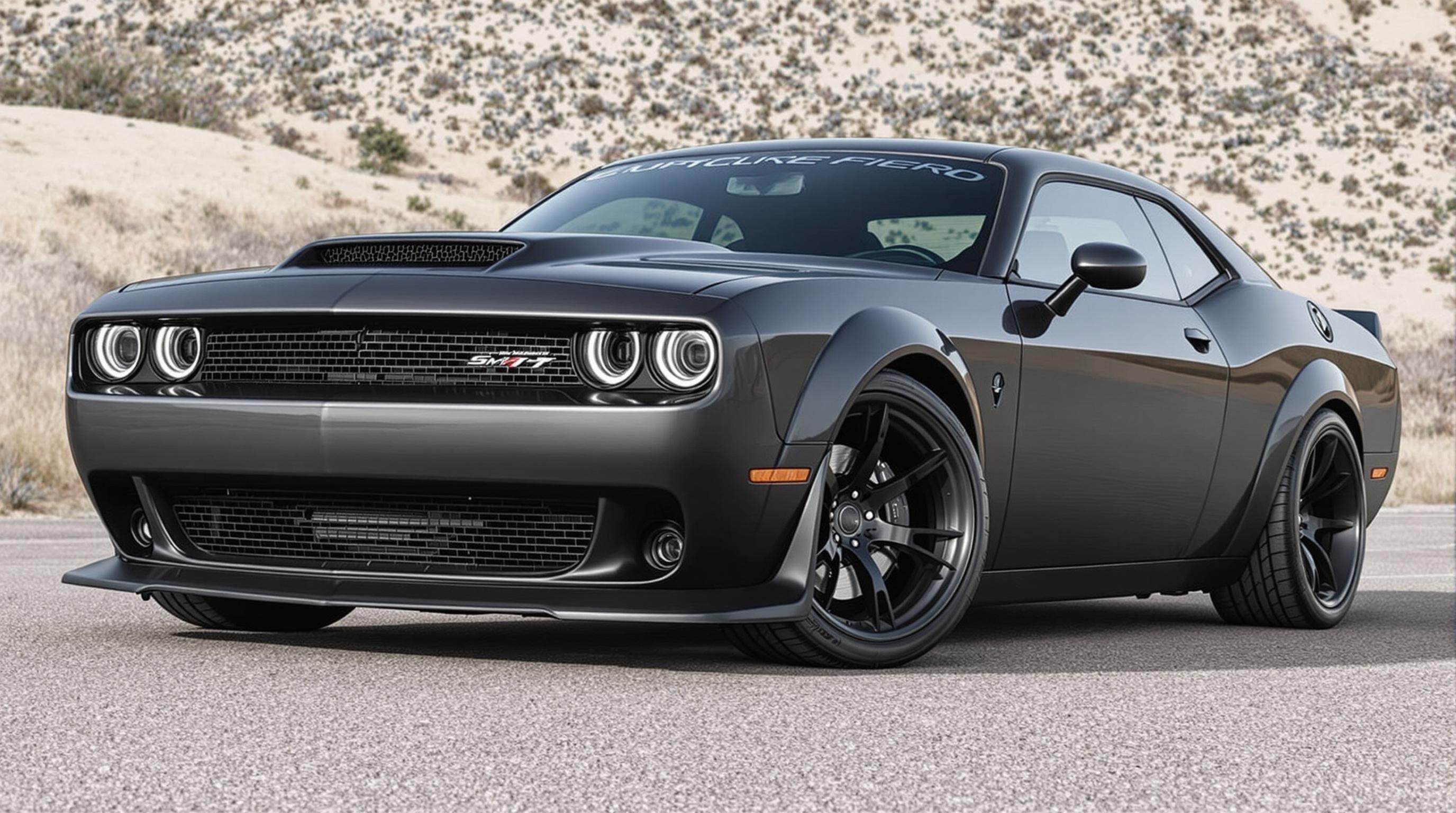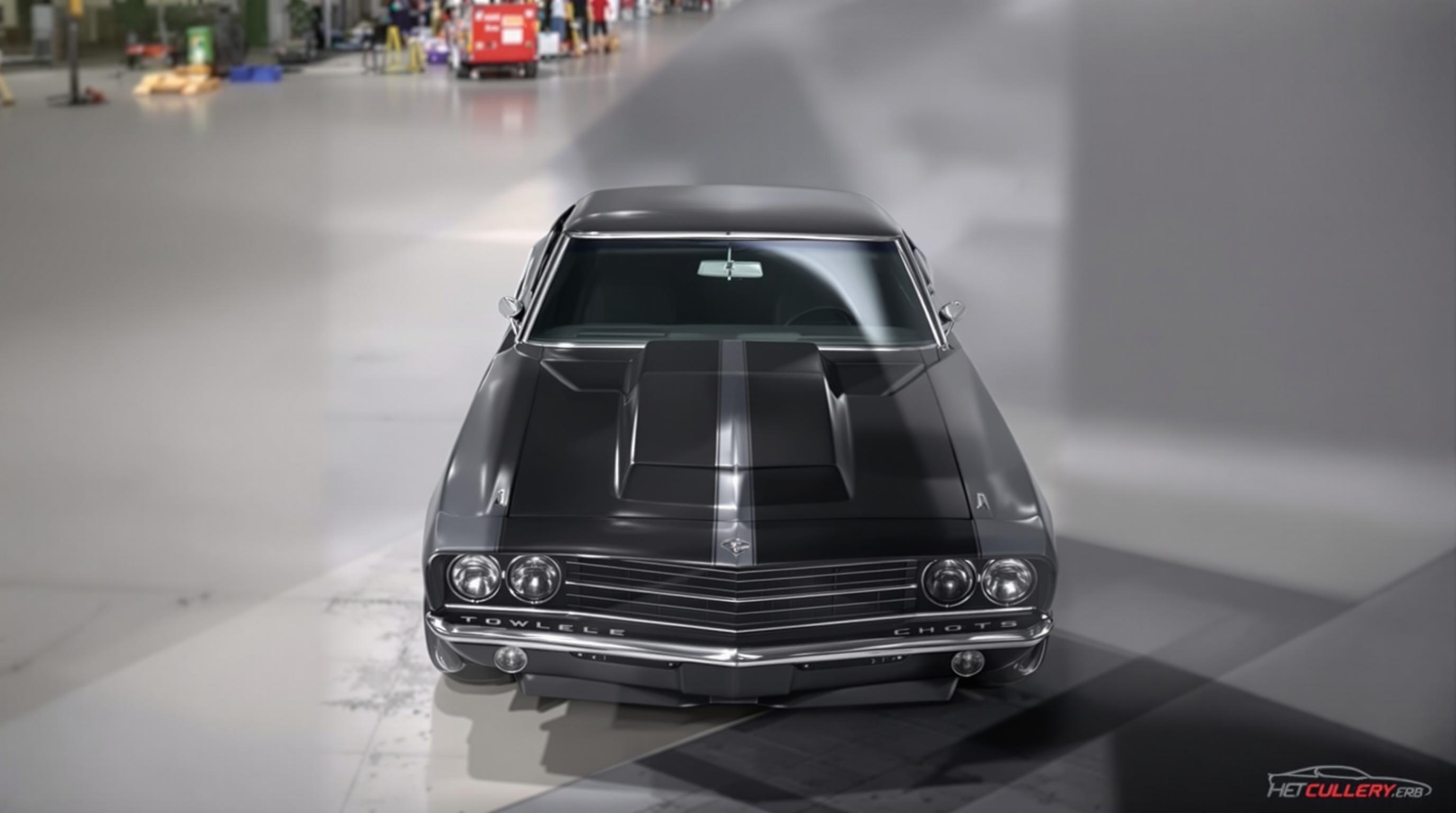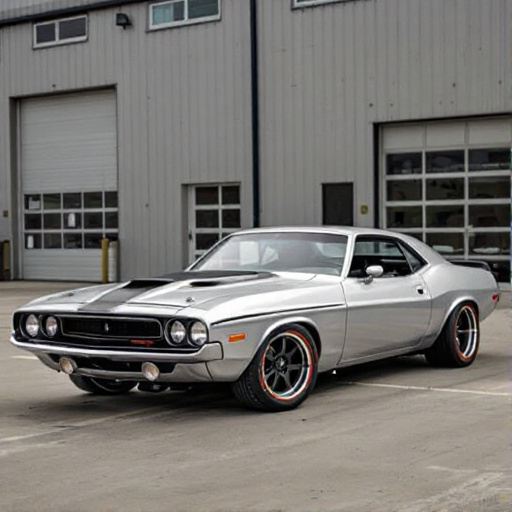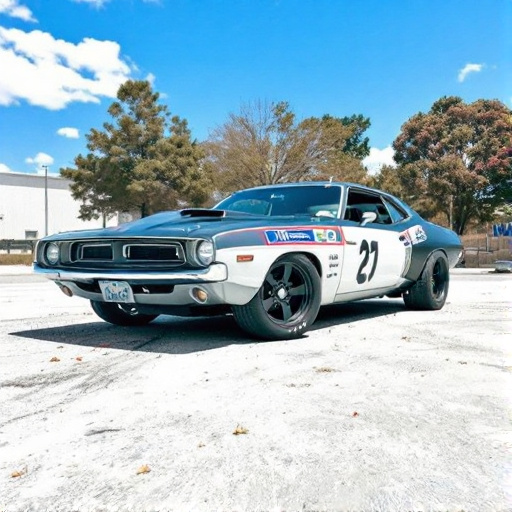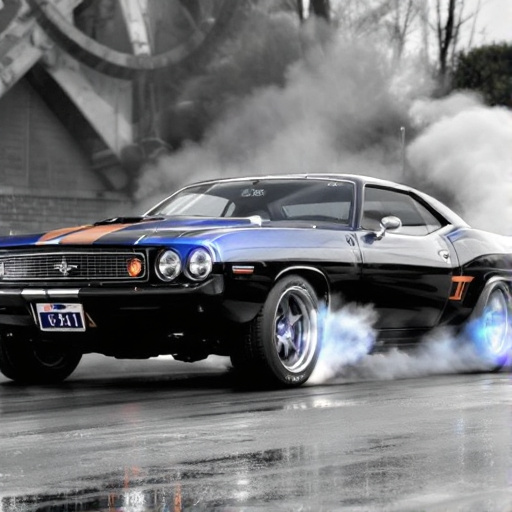Featured Articles
- Reviving the Roar: How Electric Conversions Are Changing the Fate of Classic American Muscle Cars
- Revving Up Nostalgia: How American Muscle Cars Shaped 70s Subculture and Today's Retro Trends
- Revving Up Nostalgia: The Revival of Classic Muscle Car Culture Among Gen Z Enthusiasts
- Revving Up Nostalgia: The Surprising Resurgence of Muscle Cars in Eco-Friendly Customizations
- Revving Up Nostalgia: The Surprising Rise of Vintage Muscle Car Restoration in the Electric Era
Revving Up Nostalgia: The Surprising Rise of Vintage Muscle Car Restoration in the Electric Era
Revving Up Nostalgia: The Surprising Rise of Vintage Muscle Car Restoration in the Electric Era
In the midst of an electric vehicle revolution, a surprising trend has emerged: the restoration of vintage muscle cars. This article delves into the cultural resurgence of these iconic vehicles, highlighting the passion of restorers, the impact of nostalgia, and the delightful juxtaposition of classic horsepower with the modern electric era.
The Allure of the Past
On any Sunday afternoon, you might find yourself surrounded by a symphony of roaring engines and the sweet smell of gasoline as muscle car enthusiasts gather in parking lots, proudly showcasing their meticulously restored beauties. For many, driving a classic muscle car isn't just a hobby; it’s a voyage back to a time when life seemed simpler, and the open road symbolized freedom. According to the Specialty Equipment Market Association (SEMA), the classic car market in the U.S. has seen a 30% increase in recent years, reflecting a growing fascination with these automotive masterpieces.
From Ford Mustang to Chevrolet Camaro: A Brief History
The golden era of muscle cars, spanning the 1960s to early 1970s, gave the world vehicles that were not only powerful but also designed with an edge that turned heads. The Ford Mustang, introduced in 1964, became an instant classic, followed swiftly by competitors like the Chevy Camaro and Dodge Charger. These cars were built for speed, style, and above all, driving pleasure.
Whether it’s the rumble of a 426 Hemi engine or the iconic lines of a ’69 Pontiac GTO, these vehicles embody the spirit of rebellion and adventure.
Modern Mechanics Meet Classic Design
As electric vehicles (EVs) take center stage, many enthusiasts have found themselves at a crossroads between modern technology and vintage aesthetics. The rise of hybrid systems and electric conversions is providing a unique path for restorers looking to blend nostalgia with innovation. Imagine transforming a classic Chevy Nova into an electric powerhouse while preserving its timeless body lines. Some companies, such as ElectraMeccanica, have begun offering electric conversion kits, enabling restorers to maintain their classic cars while adhering to environmental standards.
Case Study: A Restoration Journey
Consider the journey of 28-year-old Alex Stevens, who invested over $30,000 in restoring a 1970 Dodge Challenger. The car had seen better days, yet Alex saw its potential and poured his heart into the project. Over two years, he replaced the rusted panels, rebuilt the engine, and transformed the interior. What drove him? A critical eye toward craftsmanship, a love for unconventional beauty, and a longing for a past he never lived but deeply romanticizes. “I want to keep the muscle car culture alive,” Alex shared, as he revved the newly restored beast, “but I also think we need to adapt to the times.”
The Culture of Car Shows and Community
Car culture doesn’t just revolve around the act of restoring—it's about community. Car shows, such as the Muscle Car and Corvette Nationals in Rosemont, Illinois, attract thousands of visitors, eager to soak in the nostalgia. In 2022, this event alone saw over 1,000 muscle cars displayed, showcasing restored pieces of history. For enthusiasts, these gatherings are sacred spaces where stories are exchanged, friendships forged, and memories relived.
“We come for the cars, but we stay for the community,” commented long-time attendee Jenna Michaels, age 34, who enjoys sharing stories about her father’s treasured 1971 Plymouth Barracuda.
Electric Cars – Competitors or Complements?
As the automotive landscape changes, debates arise: Are electric vehicles competitors to muscle cars or complements? Some argue that muscle cars symbolize the "old guard" of automotive engineering, pushing back against advances in sustainability. However, others contend that these cars are nothing but future classics with a unique position in automotive history. Market trends suggest that both vintage collectors and EV enthusiasts are coexisting, leading to a diverse automotive community that values history while embracing change.
Nostalgia as a Driving Force
Psychologists often discuss the power of nostalgia as a potent force in consumer behavior. The fond memories associated with classic muscle cars—whether from childhood rides with dad or racing escapades in high school—drive people to pursue these restorations passionately. A 2023 study by the Journal of Consumer Research found that nostalgia not only influences purchasing decisions but ignites a longing for deeper connections to the past, making muscle cars a perfect fit for many. In a world dominated by digital experiences, the tactile, raw essence of muscle cars captivates collectors and casual enthusiasts alike.
Financing a Restoration Project: Is It Worth It?
When considering entering the world of muscle car restoration, one question arises: is it worth the investment? On average, complete restorations can range from $20,000 to upwards of $100,000 depending on the make, model, and level of detail involved. However, restored muscle cars often appreciate in value. According to the Hagerty Price Guide, classic muscle cars have seen a value increase between 10% and 20% year-over-year in certain markets. While the journey of restoration can be financially burdensome, many restorers view it as an investment—not just monetarily but in life experiences and personal growth.
The Movement: DIY vs. Professional Restorations
In the era of YouTube tutorials and online forums, many enthusiasts are choosing to take the DIY route, tackling restorations in their own garages. Online communities have flourished, where individuals share tips and resources on everything from engine swaps to interior refurbishing. Conversely, other enthusiasts opt for professional restorations, often ensuring their muscle cars receive expert care. Not only does this provide peace of mind, but it can also result in 100-point show cars that captivate audiences at competitions.
A New Generation of Enthusiasts
Painting the garages with grease-stained hands and the stories of teenage triumphs, a new generation of automotive enthusiasts is rekindling the flame that muscle cars once ignited in the hearts of their predecessors. Today, much of this fervor can be attributed to social media platforms—Instagram, TikTok, and YouTube are flooded with restorations, revamps, and showcases of stunning muscle cars. This trend is not merely a resurgence but an evolution, with younger car enthusiasts stepping up to carry the torch, proving that the love for classic cars can—and will—continue.
The Impact of Electric Legislation
With growing concerns over climate change, legislation aimed at reducing carbon emissions is shaping the future of the automotive industry. States like California have implemented ambitious plans to phase out gasoline-powered vehicles by 2035. While many might see these transitions as detrimental to muscle car culture, they also create an impetus for restorers and enthusiasts to take innovative routes in keeping these vehicles alive—often integrating modern technology with traditional design. This scenario can open the door for electric versions of muscle cars, ensuring they remain a part of automotive culture for future generations.
Conclusion: The Vintage Muscle Car as an Icon of Resilience
The future of vintage muscle car restoration amid the electric era paints a picture of resilience and creativity. As the allure of these magnificent beasts continues to resonate with enthusiasts young and old, future restorers will likely blend the best of both worlds—keeping the heart and soul of muscle cars alive while embracing the advancements of modern technology. The road ahead may be electric, but the spirit of the muscle car is far from extinguished. Whether you’re a seasoned restorer or a curious newcomer, the world of vintage muscle car restoration is ready for a ride that honors the past while setting the stage for the future.
Your Turn!
Have you been inspired to delve into the world of vintage car restoration? Whether you’re gathering tools in your garage, planning your first car show visit, or simply dreaming about your dream classic car, the journey begins now. Embrace the nostalgia, and keep the wheels turning!
